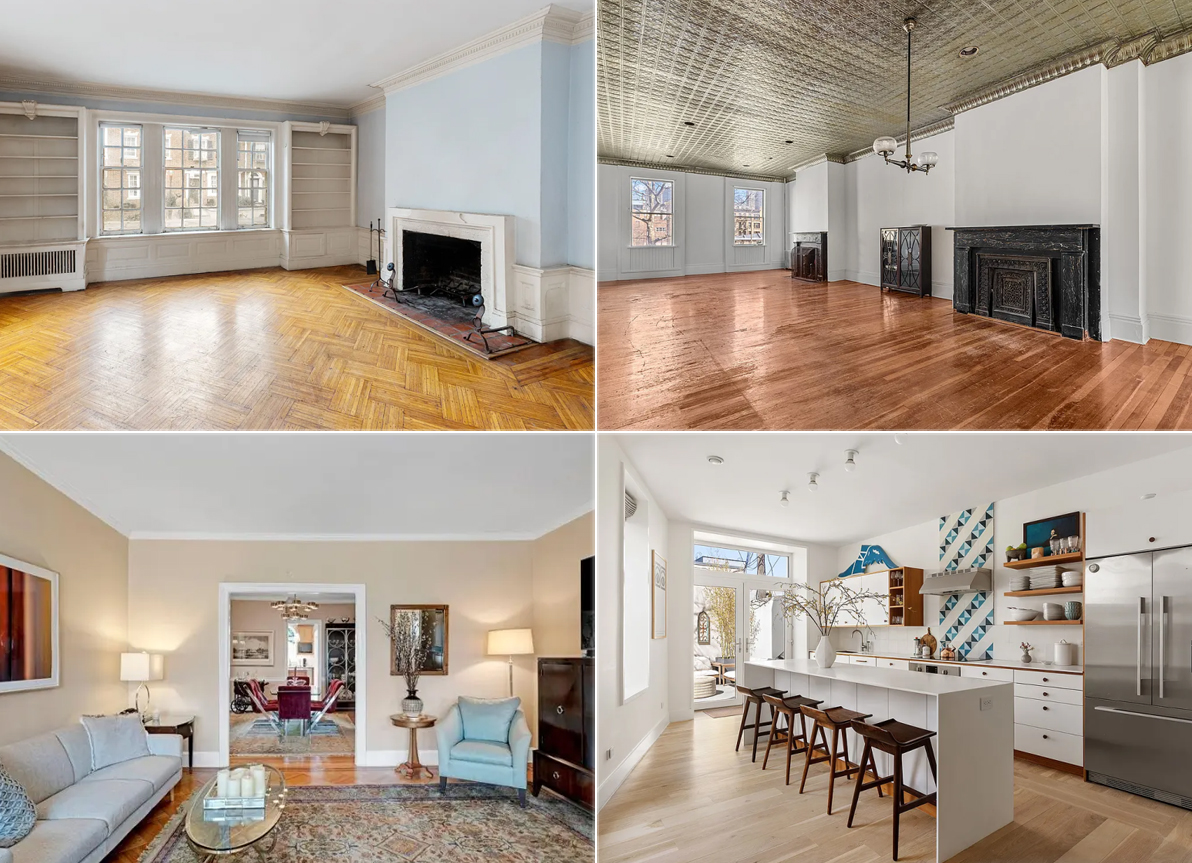Rental Prices Continue to Fall in 3rd Quarter
Life’s gotten a little easier for the renting crowd, according to a new report from Brownstone Homes (a firm we’ll admit to never having heard of). In the third quarter, which is the period of biggest turnover, more than half of new leases in Brownstone Brooklyn were done at lower prices than the preceding period….


Life’s gotten a little easier for the renting crowd, according to a new report from Brownstone Homes (a firm we’ll admit to never having heard of). In the third quarter, which is the period of biggest turnover, more than half of new leases in Brownstone Brooklyn were done at lower prices than the preceding period. In Brooklyn Heights and Park Slope, the reductions were as much as 15 percent. Not surprisingly, apartments are sitting on the market longer, resulting in a correspondingly higher overall vacancy rate. All fine and good, but we’d like to know something about the number of data points.
Brooklyn Rents Down, Apartment Vacancies Up [Brooklyn Eagle]
Leases Up, Rents Still Down in Brooklyn [Curbed]





Actually, the report appears pretty credible. They removed exceptional data points so as not to skew. And their interests appear to be aligned with owners, not renters.
***Bill Thompson for Mayor***
Rents are holding steady – or up – in Carroll Gardens, Williamsburg and Greenpoint.
As I’ve mentioned previously – my landlord just increased the rent on my Williamsburg 2 bedroom I’m departing 30% and it rented to the first person that viewed it (was on the market for a half hour) – and it wasn’t that good of a deal to begin with that a 30% increase can be justified by the previous rent being far below market.
Dave,
I don’t think I am representing any extreme viewpoint, just bringing up a relevant “issue” that could affect rents and therefore home prices.
I think anyone who works in finance (which I gather you do) knows that there is potential impact on the economy, banks and even home prices from commercial loan defaults. The connection to the data in this post (however weak this data is) is not hard to make.
Many did re-fi. I’d still like to see the statistics on how much cash they took aout and what the new LTV numbers looked like. You make it sound like everybody with a rental unit is underwater on their mortgage.
Let me clue you in…the majority are not.
Antidope,
Your argument makes sense. I would suspect, though, that the ability to renegotiate with the bank depends on the gap between the “new” assumptions after the lower rent rolls are input into the models and the rate of rent roll increase is lowered. My musing was simply what would happen if these buildings are not able to negotiate and start to fold. Maybe the apartments sit vacant for even longer due to the red tape, or perhaps they are filled quickly for low rents. I have no idea.
I did the math several time when I made an offer on an apartment, it was rejected, then it sat there for another month. The owner was almost always better off if in the next 12 months if they had taken my offer.
Almost every commercial building would have re-fi’d in 2004-2007. The originators were selling it hard, and it made almost no sense not to do it. Almost of all of those loans would have ended up in a CMBS provided they were packaged before the spreads exploded. This was huge business that every major bank was doing big time.
I’m about to raise my 2 rentals about 4%.
Brownstone Homes might be a bootleg operation but these drops pass the reality check. It’s very bad out there. Home prices are hemorhaging both fundamental metric blood and Ponzi blood.
***Bill Thompson for Mayor***
Posted by: Brownstones Half Off at October 21, 2009 9:52 AM
“The reductions were as much as 15%”
BHO again on the lunatic fringe.
“Life’s gotten a little easier for the renting crowd…”
Easier for those who are fortunate enough to remain solvent without shacking up with multiple roommates. But those are the minority, hence the vacancies and inevitable rent drops.
That 15% rent drop in Park Slope and Brooklyn Heights is “not good” for the fundamental sale price metric, 10 X Annual Rent. Direct proportionality.
Brownstone Homes might be a bootleg operation but these drops pass the reality check. It’s very bad out there. Home prices are hemorhaging both fundamental metric blood and Ponzi blood.
***Bill Thompson for Mayor***
Ok, so half the new leases signed during the third quarter period were below prior rental amounts. That means the other half of new leases were equal or greater than prior amounts. Why wasn’t analysis done on these?
Myself for example. In 3Q , I rented out an apartment for $1800. The previous rent was $1350. That’s a 33% increase that shows up nowhere in this data.